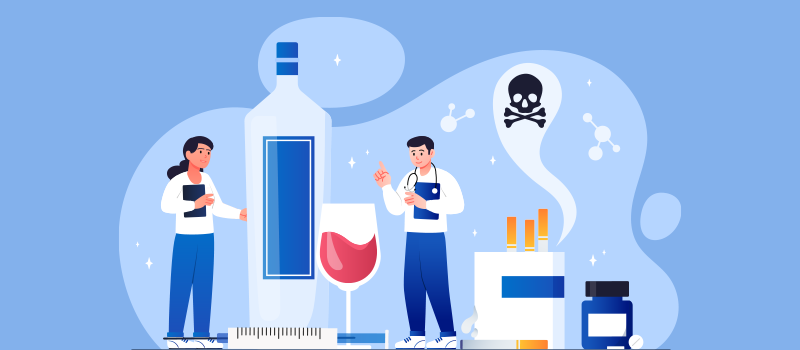What’s the Buzz
The Bee Healthy Blog
SAMHSA Tools and Resources

The United States Congress established the Substance Abuse and Mental Health Services Administration (SAMHSA) in 1992. This agency is part of the U.S. Department of Health and Human Services (HHS) and is a leader in national public health efforts. The SAMHSA logo consists of the agency’s name and acronym.
The aim of establishing SAMHSA was to make evidence-based and peer-reviewed information, recovery support services, and research data on mental / substance use disorders more accessible. The agency’s overall goal is to promote behavioral health in the US.
SAMHSA works through advisory councils and committees to advance its goals. It also draws on public opinion and advice from professionals and experts in the fields of substance abuse and mental health. Please continue reading to learn about some of the tools, resources, and technical assistance you can access from https://www.samhsa.gov.
What does SAMHSA provide?
SAMHSA (the Substance Abuse and Mental Health Services Administration) provides tools and resources to individuals living with mental and substance use disorders and their family members and caregivers. This is accomplished through a leadership program, professional partners, educators, support programs and services, training, and outreach centers. The agency ensures that guides and recommendations on behavioral health are up-to-date, prevention efforts are undertaken, evidence-based effective treatment is available, and people coping with substance abuse are able to recover.
SAMHSA’s mission is to “lead public health and service delivery efforts that promote mental health, prevent substance misuse, and provide treatments and supports to foster recovery while ensuring equitable access and better outcomes.”
SAMHSA’s policy and vision are that “people with, affected by, or at risk for mental health and substance use conditions receive care, thrive, and achieve well-being.”
What are the 4 pillars of SAMHSA?
The four pillars of SAMHSA are health, home, purpose, and community.
What are the priorities of SAMHSA?
SAMHSA has identified five key or primary areas to improve behavioral healthcare in the United States. These include:
- Preventing drug overdoses.
- Improving access to crisis care and suicide prevention.
- Promoting emotional health and resilience in children, youth, and families.
- Integrating physical and behavioral health.
- Strengthening the workforce involved in behavioral healthcare.
What are some SAMHSA tools and resources?
SAMHSA has a number of tools and resources for people seeking help in recovery from substance use disorders or behavioral health issues. These include:
Public Messages
SAMHSA publishes numerous public health messages (see latest reports from 2022 and 2023 here) to support families coping with mental and substance use disorders. You can sign up for their email newsletter on the main page and get assistance in several languages.
Substance Abuse Treatment
The agency’s Behavioral Health Treatment Services Locator is designed to help you find appropriate services in your community for mental health or substance use disorders. You can enter your city or zip code and find substance use treatment facilities, mental health facilities, and other healthcare facilities nearby.
Treatment Referral
SAMHSA operates a National Helpline at 1-800-662-HELP (4357), which offers 24-hour free and confidential treatment referral and important resources on prevention and recovery from mental and/or substance use disorders. The helpline is available in English and Spanish.
Suicide Prevention
SAMHSA funds a toll-free 988 Suicide & Crisis Lifeline that is available 24x7 and offers help in 150 languages. You can call or text 988 or chat with the lifeline.
Disaster Distress
People experiencing stress, anxiety, or depression due to natural or man-made disasters can call SAMHSA’s Disaster Distress Helpline, which provides assistance through the closest crisis center in the form of information, resources, support, and counseling.
Veterans in Crisis
Veterans and people in their social circle can call the Veterans Crisis Line to speak with qualified counselors from the Department of Veterans Affairs. This resource is a toll-free hotline, text, and online chat program that offers confidential support 24 hours a day, 7 days a week, 365 days a year. Services are available even to veterans who are not registered with the Department of Veterans Affairs for VA benefits or healthcare. To access this service, dial 988 and press 1.
Opioid Treatment
SAMHSA’s Opioid Treatment Program Directory can help you find opioid treatment programs in your state, including physicians authorized to treat opioid addiction with buprenorphine using the buprenorphine physician and treatment program locator.
References:

SOCIAL